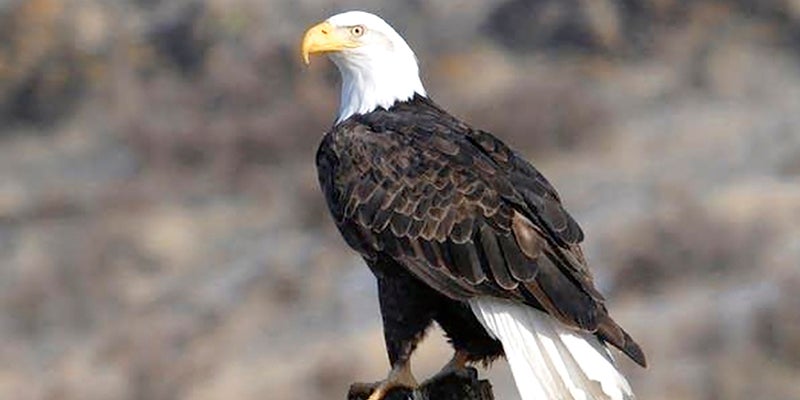Nature Notes: Fall migration of bald eagles
Published 6:30 am Tuesday, November 10, 2020
|
Getting your Trinity Audio player ready...
|
By Alison Jennings
Naturalist/Intern
As the National Bird of the United States of America, most people are familiar with the Bald Eagle. They occupy a range throughout the contiguous U.S and northern Mexico. As with most birds we see here in Minnesota, Eagles start to migrate to their wintering grounds in the Fall. But did you know that some Bald Eagles don’t travel very far at all, some even stay in Minnesota!

Bald eagles on the move. Photo provided
In early November, Bald Eagles begin to leave their summer homes in Canada and Northern Minnesota to move south for the winter. This migration is spurred on by the drop in temperature and scarcity of food resources. Some Bald Eagles move farther south to states along the coast, while others prefer to overwinter in Southern Minnesota. Popular spots for Bald Eagles are at Red Wing and Wabasha, both near areas of open water that don’t freeze over. When migrating south, Bald Eagles look for two things: ample tree cover and open water. To survive throughout the winter, they need a constant available food supply in the form of fish, waterfowl and small mammals. Trees provide a suitable roosting spot for Bald Eagles to rest at night. Larger trees are preferred because Bald Eagles like to roost together in groups. These group trees are called communal roost trees and Eagles often come back to the same tree year after year! These large trees provide shelter from the wind, but they also provide an opportunity for Eagles to communicate with each other. Bald Eagles are social animals and communal roost trees encourage pair bonding between them.
Today, we have numerous laws in place to protect Bald Eagles. These magnificent birds are protected under the Migratory Bird Treaty Act, the Lacey Act and the Bald and Golden Eagle Protection Act. Under these laws, the Eagles themselves are protected, as well as their nests and roosting sites. However, things weren’t always this way. In the 1970s, this beloved bird was in danger of extinction. Use of the pesticide DDT accumulated up the food chain and drastically affected raptors. Due to the large size of Bald Eagles, the toxin built up in their bodies over time. DDT also had an effect on the eggs of Bald Eagles, making the shells brittle and prone to breakage. In addition to DDT use, poaching and habitat destruction played a significant role in the downfall of Bald Eagles. In 1963, only 487 nesting pairs of Bald Eagles remained in the U.S. Due to the large population drop, they were listed as endangered in the late 1960s. Currently, it is estimated that the contiguous U.S has around 14,000 to 15,000 nesting pairs of Bald Eagles. This comeback is regarded as one of the most successful endangered species stories in American history.
Even though Bald Eagles are protected under U.S law, they are still under threat. Bald Eagles still face habitat destruction and the use of lead shot is one of the primary causes of death. Other toxins used in household pest traps can accumulate up the food chain and harm Bald Eagles. Like other raptors, Bald Eagles feed on carrion and roadkill, which can make them susceptible to car accidents. As humans, we can continue to do our part by being responsible homeowners, hunters and drivers on the road.
This fall, take a nature walk near an area of open water. Maybe take a day trip to Red Wing or Wabasha. You may observe roosting Bald Eagles in all of their glory. Remember that the Bald Eagle is a symbol of strength and triumph, and we have to fight to preserve them.
November at the Nature Center
• Nov. 19: We are participating in Give to the Max Day through Give MN.
• Nov. 26-27: Interpretive Center is closed. The trails will be open.
Archery Deer Hunt is going on from Oct. 17 through Dec. 31. Trails are still open.


